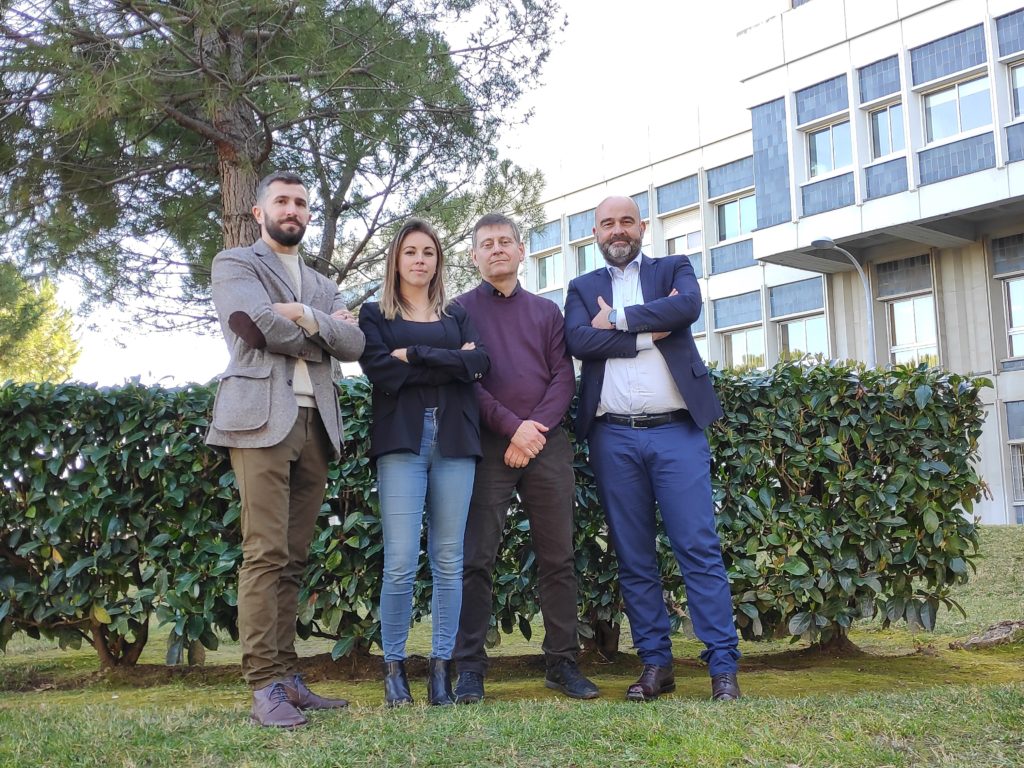The nanobiotechnology company Paperdrop Diagnostics, spinoff of the Catalan Institute of Nanoscience and Nanotechnology (ICN2), has begun the development of the ISR-TEST, the first device that allows identifying patients at risk of suffering from ischemic diseases.
The test is based on the analysis of a specific biomarker that predicts the risk of primary and secondary ischemic stroke. A patent for this biomarker has been registered by the Bellvitge Biomedical Research Institute Bellvitge (IDIBELL) and Mutúa Terrassa University Hospital. “This biomarker is a small circulating nucleic acid whose concentration is altered in the blood of high-risk patients or patients who have recently suffered an ischemic stroke”, says Dr. Josep M. Aran, head of IDIBELL’s research group in immunoinflammatory diseases and gene therapy.
Paperdrop Diagnostics suggests using this biomarker through an analysis device based on paper microfluidics and lateral flow technology, similar to a pregnancy test.
“This is a low-cost and easy-to-use solution that requires only a paper sensor and a drop of blood from the patient to make the diagnosis, thus becoming a key predictive tool for physicians, as it will allow them to prioritize interventions, reduce disabilities and design the best therapeutic strategy for each patient”, explains Dr. Marc Gallegos, CEO of the company. In addition, the simplicity and speed of ISR-TEST can help refer patients to Primary Care Centres for assessment and monitoring.
Cerebral stroke is a serious disease that yearly affects 15 million people worldwide, according to the World Health Organization (WHO). Almost 85% of strokes are called ischemic, caused by narrowing or constriction of the carotid artery. Low blood flow caused by ischemia may end up producing irreversible brain injuries. “Early detection and identification of patients at high risk of stroke would be an extraordinary tool to reduce the impact of this disease in society. Likewise, the availability of a secondary biomarker that can identify an elevated risk of stroke recurrence could help optimize secondary prevention treatments”, says Dr. Jerzy Krupinski, head of the Neurology service at MútuaTerrassa University Hospital.
At present, early diagnosis of ischemic stroke, especially in non-symptomatic patients, is almost non-existent. The diagnostic solutions available are only useful after the symptomatology manifests, while the predictive solutions based on imaging techniques (ultrasound, tomography, magnetic resonance) have high costs for hospitals and a lower sensitivity.
The project is supervised by ICREA Prof. Arben Merkoçi, founder of Paperdrop Diagnostics and principal investigator of the Nanobioelectronics and Biosensors Group of the Catalan Institute of Nanoscience and Nanotechnology (ICN2), together with Dr. Daniel Quesada, responsible for the technology of the company. In the clinical field, the project is led by Dr. Jerzy Krupinski and Dr. Josep Maria Aran.
The company, located in the UAB Research Park, has participated in the latest edition of the Empenta program of EsadeCreapolis and ACCIÓ and has the support of the Ministry of Science, Innovation and Universities that finances its development through the 2017 Retos de Colaboración program.

